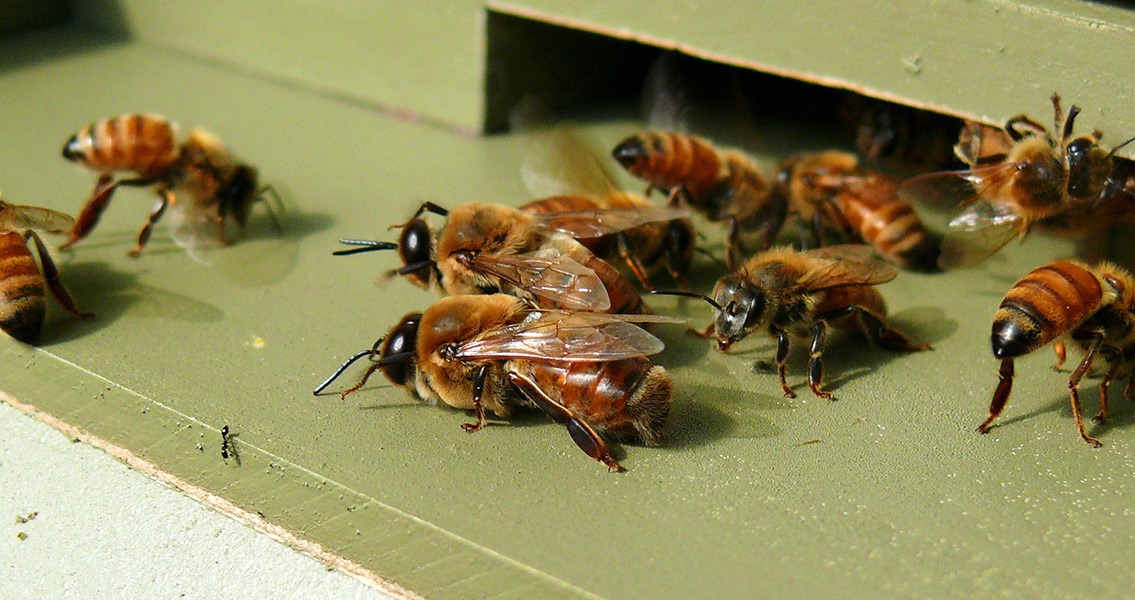<![CDATA[A new study has traced the domestication of bees, and found evidence that as far back as the Stone Age farmers used beeswax. It was already established that the relationship between humans and bees has been a long one. A study from 2012 argued that a 40,000 year old lump of beeswax found in Border Cave, South Africa may have been used as an adhesive to bind stone points in the creation of wooden spears, while prehistoric rock art from across Sub Saharan Africa commonly depicts images of beehives. The latest research, published in the journal Nature, has provided the most concrete evidence yet that early farming cultures exploited products from honeybees. Led by Professor Richard Evershed and Doctor Mélanie Roffet-Salque, scientists from the University of Bristol, the basis of the paper is the analysis of chemical components trapped in the clay fabric of potsherds. The sheer scale of the research process is impressive, over the course of twenty years the scientists analysed 6,000 artefacts from 150 Old World Archaeological sites, stretching from the Near East, through Europe and even into North Africa. Beeswax has a distinct chemical footprint which was detected at multiple Neolithic sites across Eurasia. The study concludes that although the use of beeswax remained relatively uncommon in the period under investigation, it was geographically widespread. Neolithic pottery from southern Britain and Denmark contained beeswax traces, as did pottery from sites in Algeria and Turkey. Çatalhöyük, in Turkey, contained the oldest evidence of beeswax use by farmers, with traces found in 9,000 year old cooking pots. Exactly why Neolithic farmers utilised beeswax is unclear but Dr. Roffet-Salque, the lead author of the study, gave some suggestions in a press release from Bristol University. "The most obvious reason for exploiting the honeybee would be for honey, as this would have been a rare sweetener for prehistoric people. However, beeswax could have been used in its own right for various technological, ritual, cosmetic and medicinal purposes, for example, to waterproof porous ceramic vessels." Roffet-Salque suggests the findings could reflect the beginnings of the domestication of bees. Agriculture emerged in the Middle East around 10,000 years ago, before spreading west with waves of migration. It is possible that the spread of bee domestication followed a similar pattern. Another finding of the study is that there is no evidence of Neolithic beeswax use north of the 57th parallel. This points to ecological limitations on the domestication of honey bees in the period. Ancient Egyptian artworks depicting bee keeping mean that archaeologists have long known that the domestication of the bee dates back thousands of years. Thanks to the latest study, we now know much more about the extent and chronology of this domestication. As Evershed explained in the press release, "Our study is the first to provide unequivocal evidence, based solely on a chemical ‘fingerprint’, for the palaeoecological distribution of an economically and culturally important animal. It shows widespread exploitation of the honeybee by early farmers and pushes back the chronology of human-honeybee association to substantially earlier dates." ]]>
Bee Domestication Traced to The Stone Age
